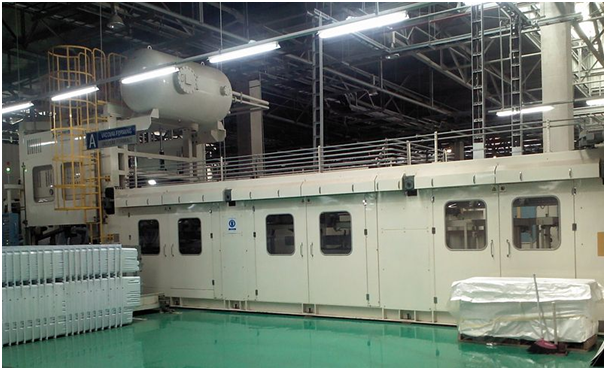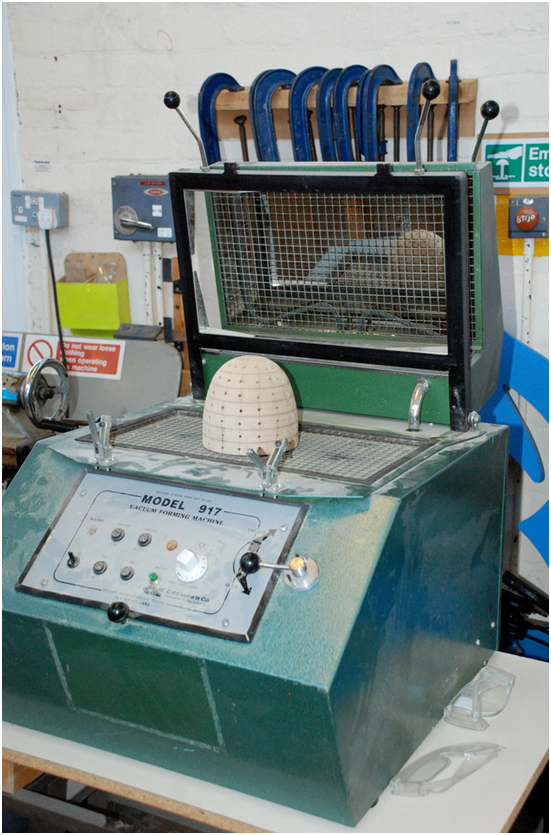Forming by vacuum is a deceptively simple process in which a plastic sheet is heated then forced into a moulded shape by a vacuum. It enables an object to be created without the need for seams or for moulding different parts together.

It has a number of benefits for manufacturers in many different industries. The process is widely used, for example in food packaging, trays, baths, shop fittings, sweet wrappings and many more applications.
Accuracy
This technique can produce objects that conform precisely to a design specification. This is a great advantage if the object needs to fit together with another object. The accurate configuration means fewer returned stock items and therefore lower costs.
Low costs
Tooling up for these forming applications is a relatively low cost exercise. The pressure used is fairly low, so sophisticated tools capable of dealing with high pressure vacuum operations are not required. This low pressure also means that reasonably cheap materials can be used to make the moulds.
Another great advantage of this technology https://www.bridgewooduk.com/production-assembly/vacuum-forming, is that any waste or offcuts from the plastic sheets used, can be recycled. That’s another cost saver.

Flexibility
The range of designs that can be achieved with this technique is almost limitless. Many foods and beverages, from ready meals to yoghurts, are sold in packaging produced in this way. It’easy too, to add logos or other branding to the packaging.
Speed
This process helps the manufacturer to move rapidly from the design phase to the production stage. The result is that “time to market” for a new product, can be greatly reduced. This allows manufacturers to take advantage of slower competitors, or to catch fast moving and changeable markets.
While the process is suitable for small and specialised production runs, it’s also easy to automate. As such, it is used where very large numbers of items need to be produced quickly.
Ideal for prototypes
This technology is ideal for designers and manufacturers who have a great idea for a new product but aren’t sure how it will work in practice. The low cost and fast turnaround times mean that a prototype can be produced, reviewed, changed and remade rapidly, allowing plenty of design changes to optimise the product and ensure that it is as good as possible.



